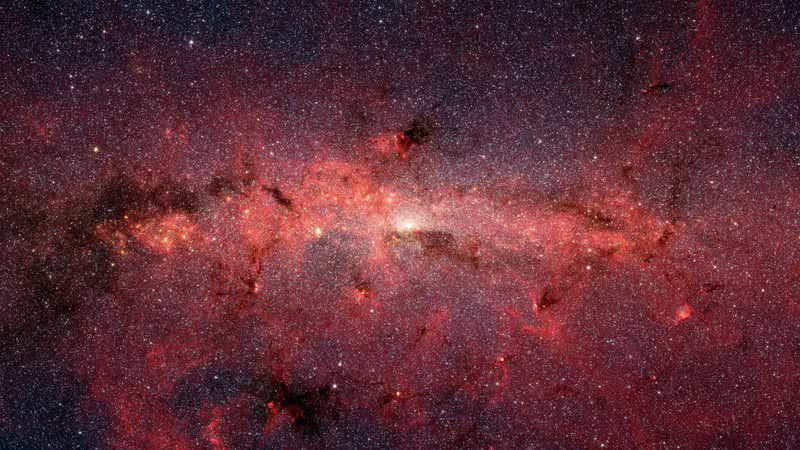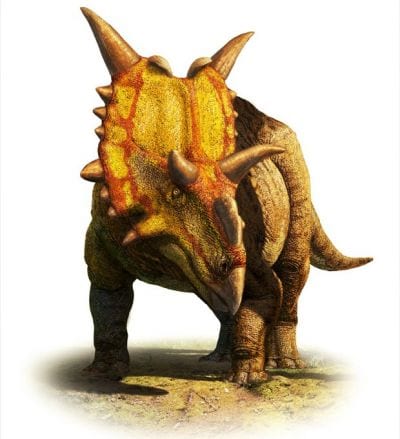For years, the universe has been estimated to be 13.7 billion years old; however, a Canadian physicist proposes an age of 26.7 billion years
Eric Moreira, supervised by Wallacy Ferrari Published on 07/15/2023 at 11:05 am
The scientific community never tires of looking for new answers and trying to find solutions to questions not yet understood by humanity, in the most diverse fields. And in the midst of constant study, a discovery often ends up contradicting a previous statement, so that several areas are full of uncertainties.
One of the areas of science that tries hardest to answer unresolved questions is Astronomyafter all, if humanity does not even know everything that exists in its oceans, how can it know all the universe? And recently, a Canadian physicist suggested something that greatly changes the current understanding of space today.
Indeed, today it is estimated by the scientific community in general that the universe is approximately 13.7 billion years old. However, in a study published on July 7 in the journal Royal Astronomical Society Monthly Noticesadjunct professor at the Faculty of Science at the University of Ottawa in Canada, Rajendra Guptaproposes that the cosmos would in fact be almost twice as large: 26.7 billion years old.
The estimated age of 13.7 billion years was calculated in 2021 with a measurement of the time elapsed since the big Bang based on the analysis of ancient stars and their redshift of light from distant galaxies. But stars like Methuselahwhich seem almost older than the universe itself, and the discovery of primitive galaxies at an advanced stage of evolution, have always intrigued the scientific community.
New ideas
In 1929, the Swiss astronomer Fritz Zwicky suggested the call tired light theory, which attests that the red light of distant galaxies comes from the gradual loss of energy by photons over great distances. However, “by allowing this theory to coexist with the expanding universe, it becomes possible to reinterpret the redshift as a hybrid phenomenon, rather than purely due to the expansion,” according to announcement In Gupta.
In addition, the Canadian physicist also introduces in the article the idea of ”coupling constants” in evolution, from the hypotheses of the British Paul Dirac, as described by Revista Galileo. These constants would be fundamental measures that govern the interactions between the particles which, for diracmay have changed over time.
Therefore, since a value that was unquestionably believed to be a constant may have varied over the course of the history of the universe, the delay in the formation of the first galaxies, with their high levels of red, may be prolonged longer, which which promotes the new theory that the cosmos might even be twice as old as thought.
Finally, Gupta emphasizes in the article that the traditional interpretation of the cosmological constant — responsible for representing the dark energy of the universe, which affects its accelerated expansion, must be revised, and proposes a new constant which, in its place, explains the evolution of the coupling constants. This modification, over time, will perhaps help to solve the enigma of the small sizes of the galaxies at the beginning of the cosmos.

“Pop culture fan. Coffee expert. Bacon nerd. Infuriatingly humble communicator. Friendly gamer.”







